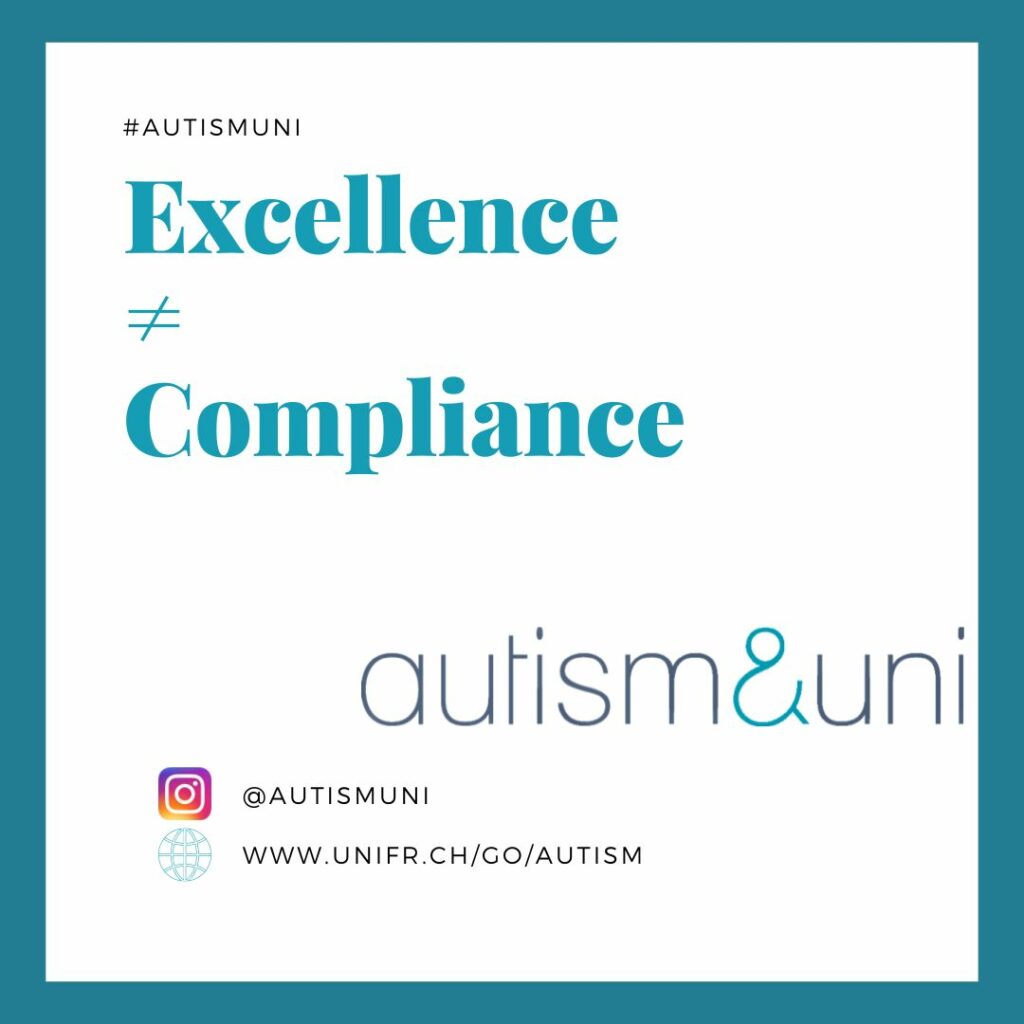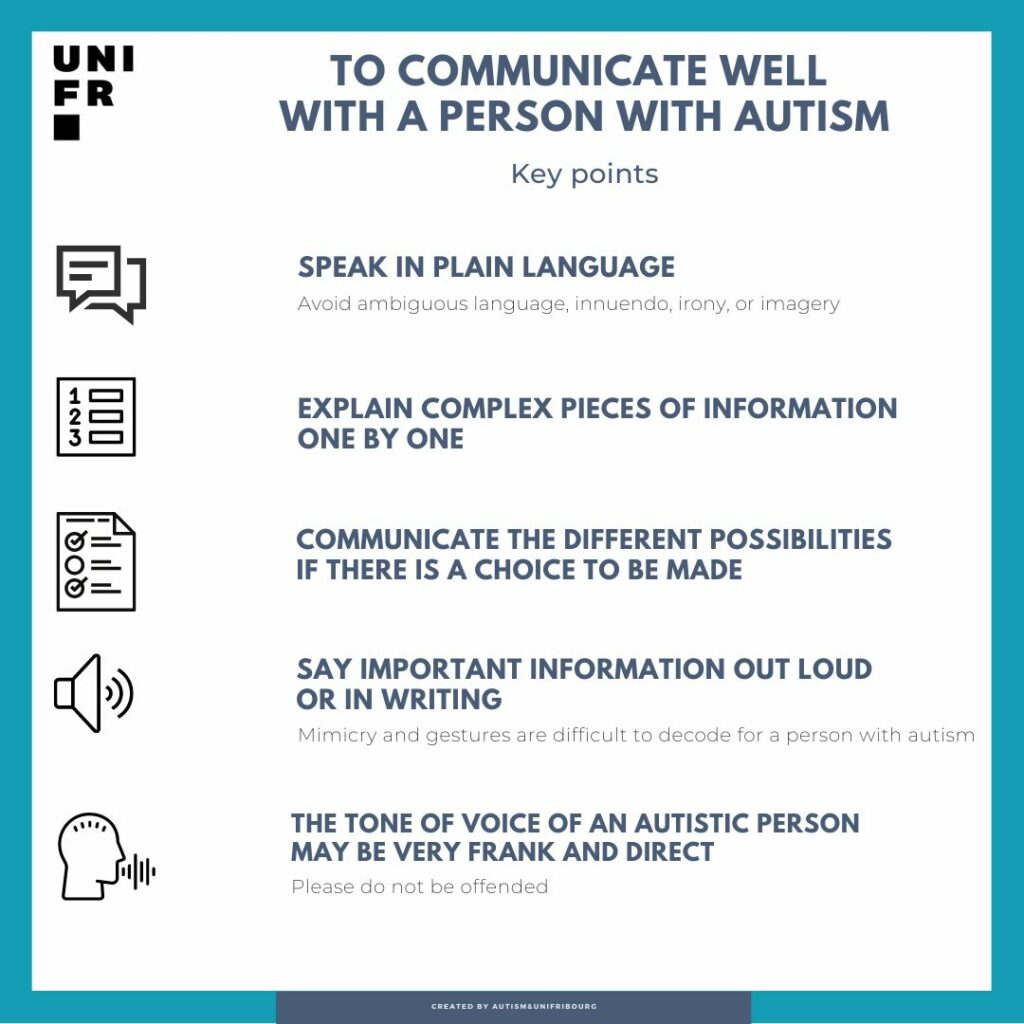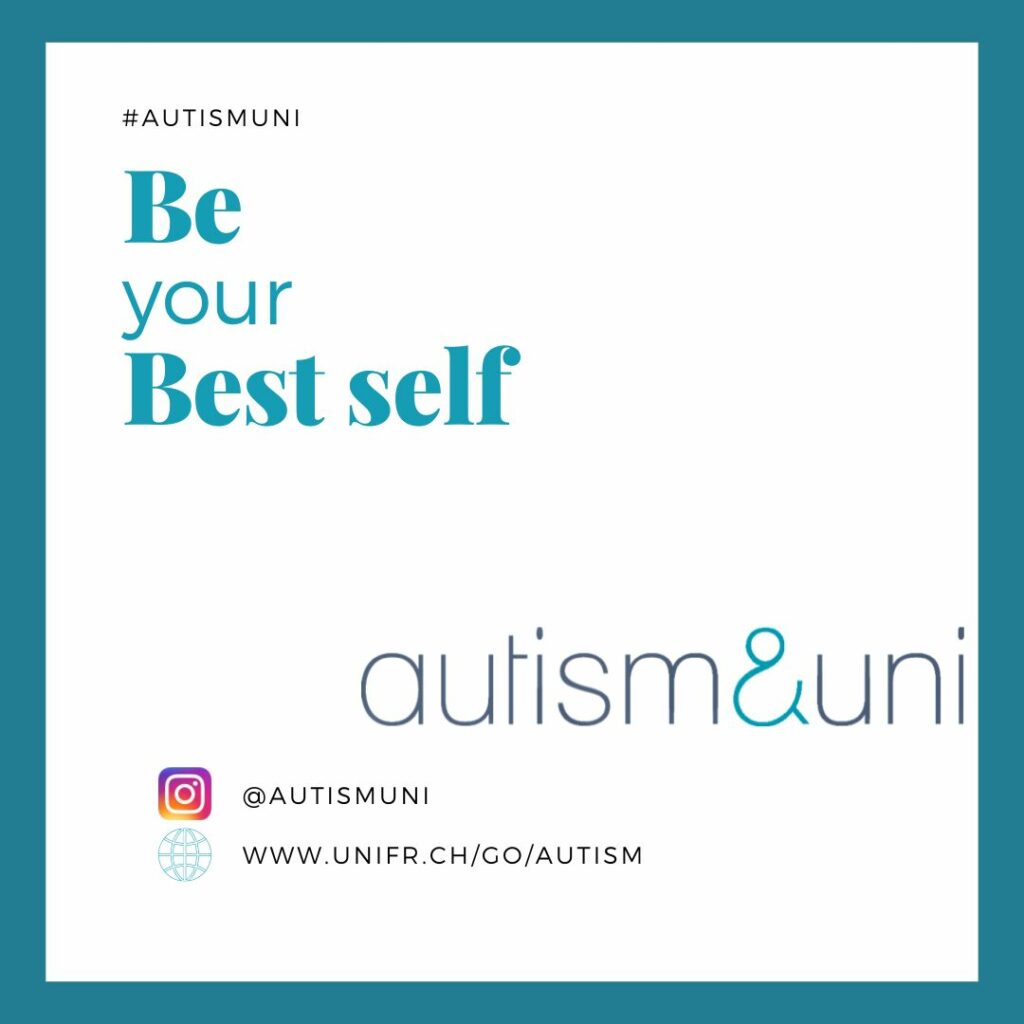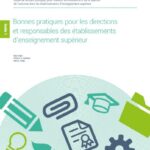Teaching at the University is becoming increasingly dynamic. How do we maintain excellence?
Context
Teachers at the University are recognized for their expertise in their field.
Higher education has evolved at a rapid pace in recent years. From a strict and somewhat impersonal mode, it is transforming into something that is increasingly interactive and responsive to students’ needs. The ‘universal design for learning’ movement lies at the heart of this philosophy, promoting a wide range of support to suit a wide range of users (Burgstahler & Russo-Gleicher, 2015; CAST, 2018).
Universal Design for Learning
Universal Design for Learning is a concept that emerged from architecture to focus on aspects of accommodating a wide range of users. Recontextualized to education, this contemporary way of thinking about teaching involves engaging and supporting diverse groups of learners, regardless of their background, status, or disability (Bublitz et al., 2015)
Contrary to what its name might suggest, Universal Design for Learning does not promote a “one-size-fits-all” approach, but rather the provision of options: providing multiple and varied opportunities for students to engage in training and learning activities and to demonstrate their understanding.
In addition, Universal Design for Learning emphasizes proactive educational strategies to support multiple learning pathways, rather than focusing on retroactive learning (such as varying or adapting pre-existing materials to fit the needs of a particular group).
What does that have to do with me?
Given the prevalence of ASD among university students, it is reasonable to assume that the vast majority of faculty at the University will be confronted with one or more students on the autism spectrum during their careers.
A common fear among teachers is that the quality of their teaching will be diminished by these new visions. It is apparent that an openness to cognitive diversity encourages mutual curiosity between teachers and students, with the consequence of a learning dynamic more rooted in motivational processes, not only for the students concerned but also for others.
It is not a matter of diminishing academic excellence or of favouring one student over another under the “pretext” of an autistic disorder. The margin of adjustment is between the student’s actual skills and those that cannot reach full potential because of the disability. The section on reasonable adjustments goes into more detail on this point.
What is the next step?
"Doubt is the first step towards freedom because it implies a choice" Boris Cyrulnik
Practical advice
Teaching and learning environment
- Explain expectations (exam type, learning objectives, individual work, dates)
- Provide clear, concise, and unambiguous information
- Make course materials available in advance
- Provide advance notice of changes
- Specify the nature of the group work or exams
- If relevant, guide students through the major steps of project management or support them in organizing their group work
- Accommodate examinations if disability compensation is granted
- Clarify the pace of classes (times, breaks) and locations
- Suggesting lesson routines (e.g., reminding students at the beginning of each lesson what they have already seen and linking it to the upcoming content)
- Remain flexible in “original ways” (of working, expressing oneself or presenting for example)
- Adapt the conditions to the particular difficulties as much as possible (schedule, use of computer, recorder, give formative feedback)
Administrative structures
- Support initiatives to support special needs
- Provide the necessary information on autism to the people concerned
- Facilitate the transmission of information, particularly geographical information (rooms)
- Adapting sensory aspects where possible (brightness of rooms, noise during oral transmission of information, written information where possible, etc.)
- Communicate with students about support or diagnostic options
- Inform those who need to be informed, if possible before the start of the studies
- Study advisor: help with organization, planning, setting up work, thinking about priority/secondary objectives…
- People with ASD should receive as much support as other special needs
- Identify an autism reference person
- Include the students concerned in all reflections
- Offer spaces for sensory deprivation or calm
- Understand the frequent peculiarities of communication
Individual support for the student if needed
- Encourage the student to ask for support
- The diagnosis of ASD is not enough; the real needs must be assessed through an understanding of the student’s particular functioning
- Organize a concrete and if possible constant support person (contact the autismuni team for mentoring, coaching, e-mentoring, peer mentoring, sponsor)
- Identify strengths
- Regularly review support needs
- Offer specific support for transitions
- Make spatial and temporal arrangements
- Facilitate contact with a reference person
- Help the student decide if he/she should talk about his/her diagnosis
- The ASD student should be able to define his/her needs, if necessary, with assistance
- Support self-confidence
Questions to ask yourself
- Have you ever met a person with autism?
- Do you understand the challenges of Universal Design for Learning?
- What are the elements that still leave questions and how will you answer them?
- Have you ever paid attention to sensory aspects in your course audiences?
- Are the administrative procedures proposed by your department clear?
Additional information
The following publications in English will provide practical support to faculty, administrators, and staff of the University. (The booklets are available in French on the French page)
About the author
Edited by: Nathalie Quartenoud ©
Translated by: Daniel Dukes

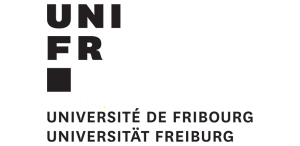
 Back
Back 